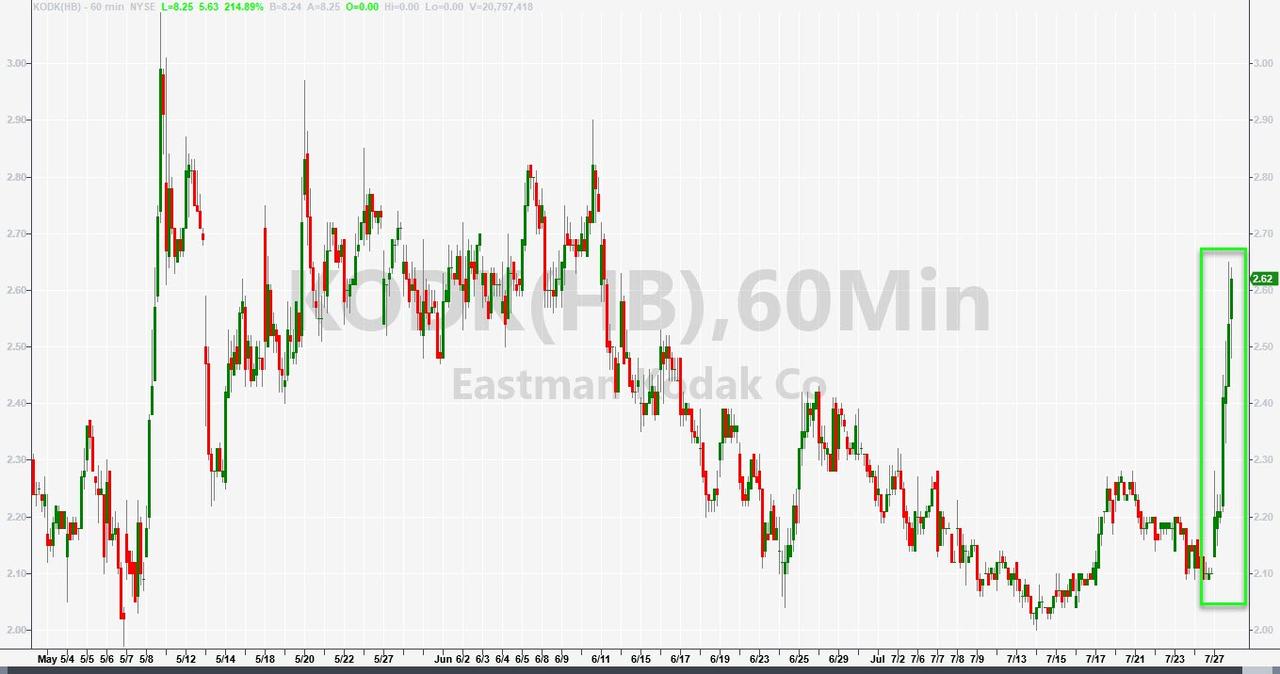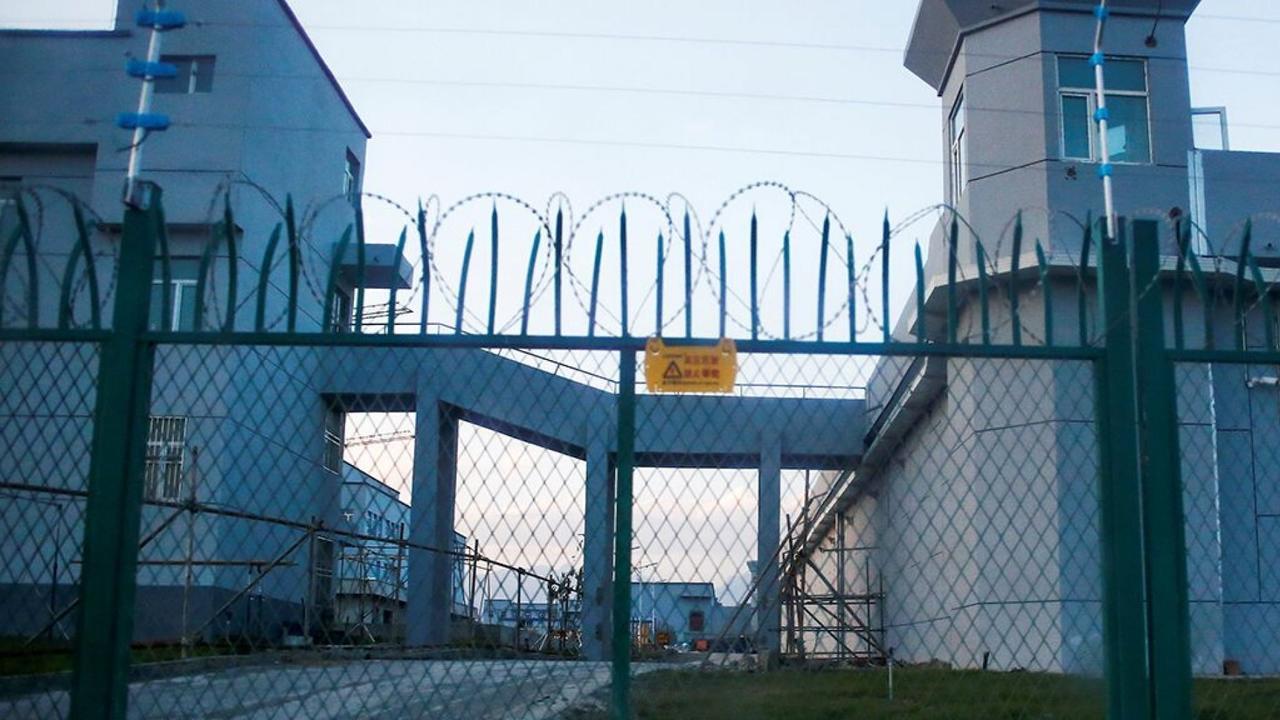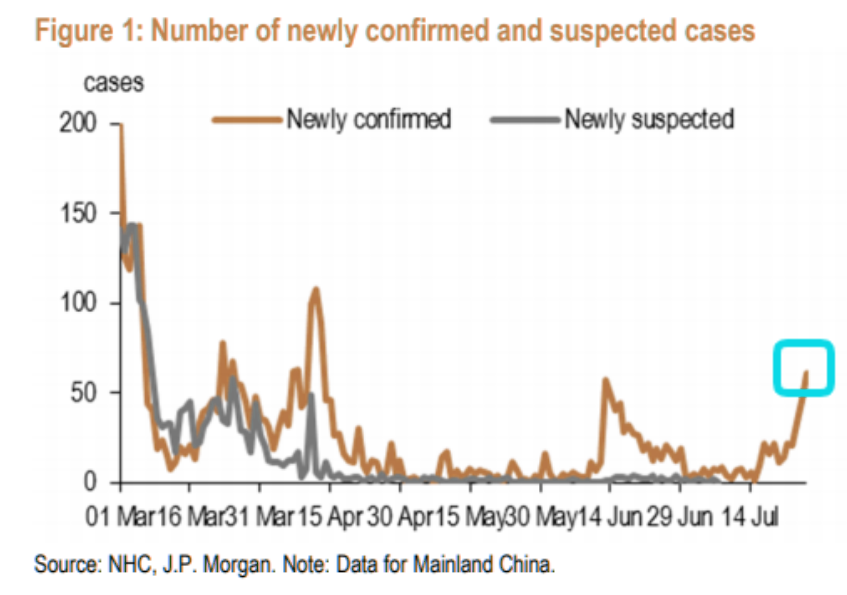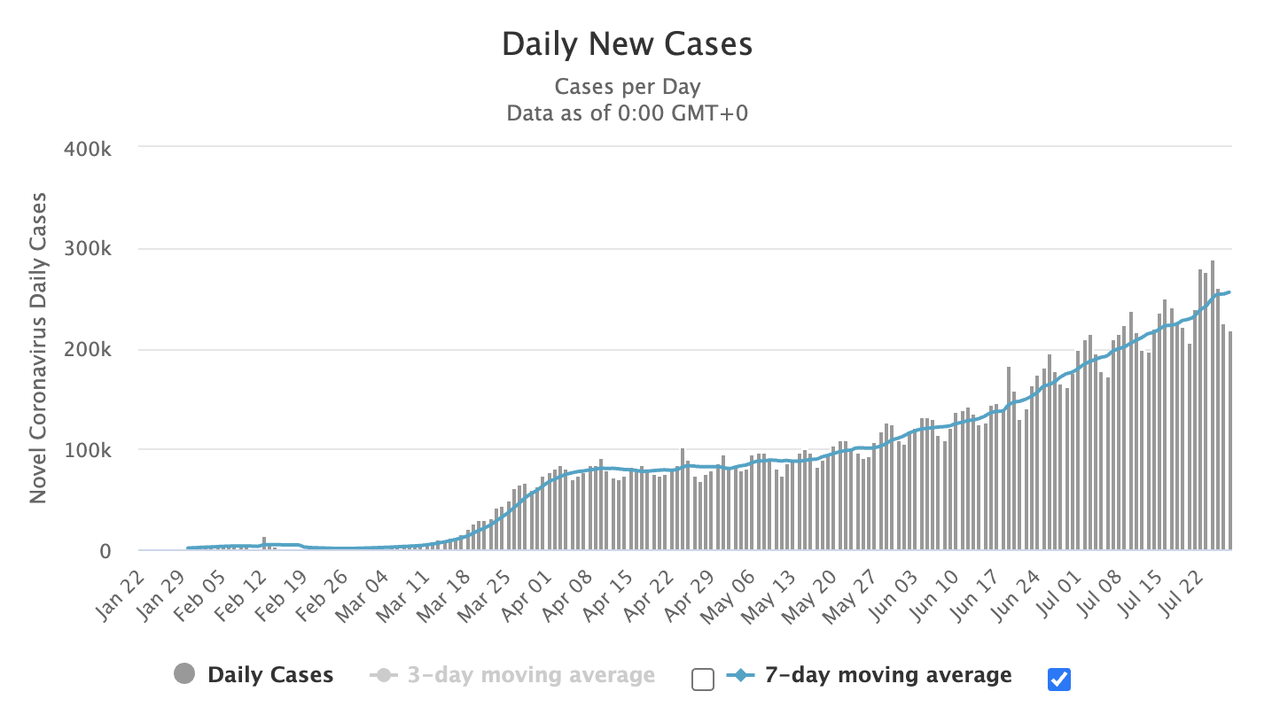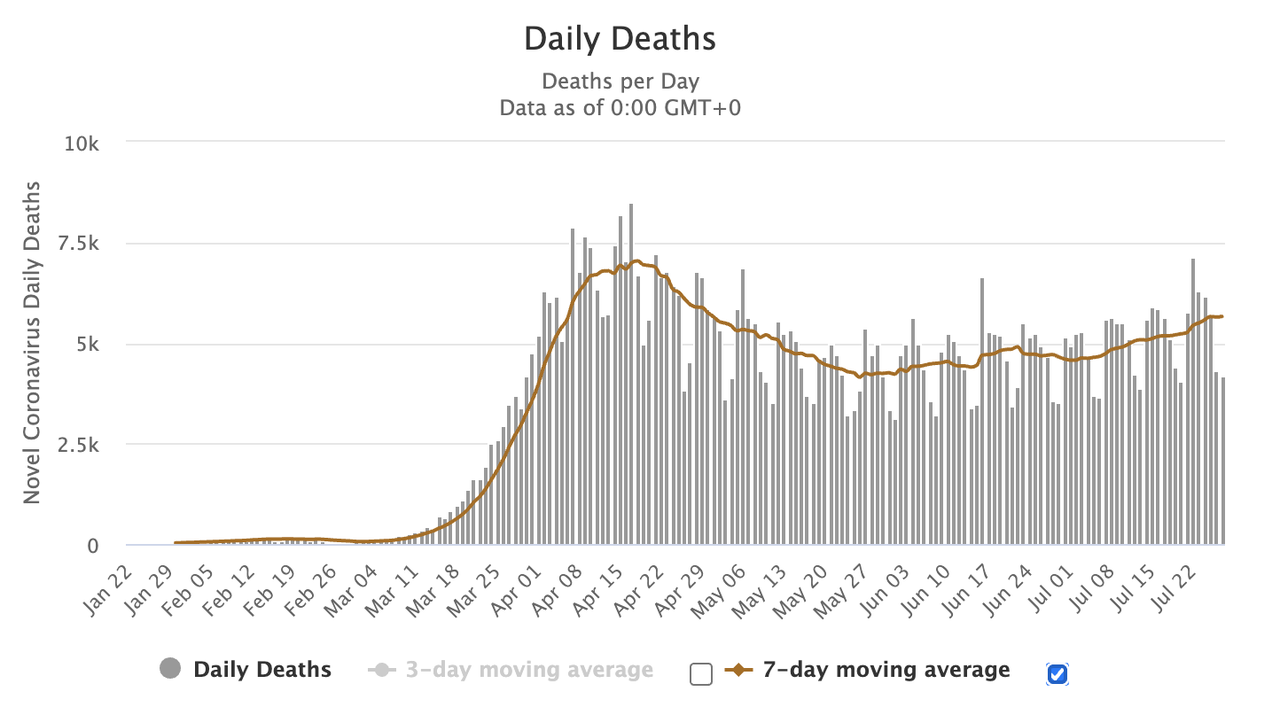
On Monday, the Trump administration formally requested that the Federal Communications Commission (FCC) look into whether social media companies are running afoul of Section 230, the federal law that allows these companies to moderate content without facing legal peril and says providers and users of any “interactive computer service” are only responsible for their own speech, not the speech of every single user on a given platform.
Conservatives don’t like Section 230 because it means Twitter, YouTube, and similar entities have the discretion to delete offensive tweets and suspend any accounts they deem to be violating their terms of service. Progressive don’t like Section 230 because it means that only the perpetrators of crimes like harassment, non-consensual sharing of photos (a.k.a. “revenge porn”), or forced prostitution can be charged or sued over theses actions, not whatever digital tool or service they happened to use in service of their bad acts.
Both sides insist that tweaking or abolishing Section 230 will solve their pet problems—that is, doing so would somehow lead to both more and less speech permitted online. In actuality, it would just give the federal and state governments—as well as deep-pocketed entities wielding civil suits—more control over what the average person can say without punishment and what content private companies can allow.
Thankfully, the folks at the FCC seem to realize this. In June, when President Donald Trump first issued an executive order on social media—a day after Twitter affixed a fact-checking note to one of Trump’s tweets—current and former commissioners were already skeptical.
“An Executive Order that would turn the Federal Communications Commission into the President’s speech police is not the answer,” said Commissioner Jessica Rosenworcel.
FCC Chairman Ajit Pai said that “the Federal Communications Commission will carefully review any petition for rulemaking filed by the Department of Commerce”—a subtle comment that the agency doesn’t take its orders from Trump and Trump can’t grant it new authorities.
Re draft #ExecutiveOrder making @FCC police online #speech: As a matter of law, a @POTUS cannot confer on FCC, an independent agency, new legal powers. W/ online platforms being speakers under #FirstAmendment like TV channels & newspapers, this speech control is #unconstitutional https://t.co/1wTT8gvdui
— Robert M. McDowell (@McDowellTweet) May 28, 2020
Trump’s June order instructed the FCC to determine the conditions under which moderating social media content can be classified as “the result of inadequate notice, the product of unreasoned explanation, or having been undertaken without a meaningful opportunity to be heard.”
As I pointed out last month, it’s a strange request, since there’s nothing in Section 230 that conditions its protections on entities giving adequate notice about suspended posts or providing users with a reasonable explanation. Section 230 is about who creates content, not how a company chooses to display or suppress that content or how they communicate these decisions.
The end goal may be for Republicans in Congress to somehow use the FCC’s recommendations in proposing a future amendment to Section 230, but that’s a lot of steps away and would face some serious hurdles. The idea may also simply be to provide courts with new guidance on interpreting Section 230 cases (for instance, if the FCC decides that providing inadequate notice of moderation decisions is a sign of not acting in “good faith,” as the law requires, plaintiffs could bring these things up as evidence when asking judges to rule on Section 230-related claims).
Regardless, the administration is moving ahead with recruiting the FCC into Trump’s beef with Twitter. On Monday, the Commerce Department’s National Telecommunications and Information Administration filed a petition with the FCC formally asking it to clarify the things mentioned in Trump’s order.
FCC Commissioner Brendan Carr put out a statement yesterday saying “I look forward to reviewing and acting expeditiously on the petition.” Rosenworcel was less enthused.
“The FCC shouldn’t take this bait,” she said in a statement. “While social media can be frustrating, turning this agency into the President’s speech police is not the answer. If we honor the Constitution, we will reject this petition immediately.”
Right on cue last night, Trump began posting angrily about Twitter’s trend recommendations, an algorithmically determined selection of popular hashtags and words tailored to each individual Twitter user’s habits. This leads to individuals seeing different trends—that is, if a user sees a lot of a certain type of trending topic, it’s related to both what other users are clicking on and their own previous activity on the network. None of it is determined by the individuals working at Twitter or the preferences of the company’s leaders.
The president either doesn’t understand this or is pretending he doesn’t understand.
“So disgusting to watch Twitter’s so-called ‘Trending,’ where sooo many trends are about me, and never a good one,” Trump tweeted mid-evening on Monday. “They look for anything they can find, make it as bad as possible, and blow it up, trying to make it a trend. Really ridiculous, illegal, and, of course, very unfair!”
Trump’s nonsensical comments dovetail nicely with the narrative about social media that he and other prominent conservatives have trying to spread: that it’s deliberately biased against them. But—again—Twitter trends are simply determined by what content is trendy among users, according to the number of people tweeting about, clicking on, and sharing said content.
Trump’s comments are actually a pretty glorious self-own, since him never seeing “a good” story about himself trending simply means that good content about Trump isn’t popular among Twitter users, bad content about Trump is popular, and Trump himself is frequently checking in on trends about himself without grasping that this affects his trending-topic results.
Whether other prominent conservatives are similarly confused about how the internet and social media work, or just like having another excuse to cry victimhood, many have lobbed on to the president’s current claim or made similarly asinine allegations in the past.
Last week, for instance, Rod Dreher of The American Conservative insisted Google had briefly de-indexed his blog so it wouldn’t show up in search results. But whatever Dreher was doing to convince himself of this, his blog actually remained perfectly visible in search results, as plenty of people who checked up on his story pointed out. Nonetheless, Dreher tweeted at Sen. Josh Hawley (R–Mo.) asking the senator to open an investigation into what was going on.
I hope @HawleyMO will dig into what happened. This is a chilling sign of how quickly a company as powerful as Google can effectively silence dissenting voices. #LiveNotByLies
— Rod Dreher (@roddreher) July 21, 2020
Alas, this is where conservatives’ combination of tech panic and paranoid victim mentality has gotten us: demanding congressional hearings and federal agency investigations into why Rod Dreher can’t find his own blog posts and why Americans like sharing bad stories about Trump.
QUICK HITS
The president is tweeting a viral video in which the person speaking says a drug the fda rescinded emergency use for is what people need to combat Covid, not masks or lockdowns. It’s the real other side of the coin to some WH officials saying he understands the severity now.
— Maggie Haberman (@maggieNYT) July 28, 2020
• Decriminalize Sex Work has put out an excellent video explaining the problems with the EARN IT Act and why it’s “a wolf in sheep’s clothing.”
• Democratic presidential candidate Joe Biden released his “Agenda for Women” yesterday.
from Latest – Reason.com https://ift.tt/30517Vh
via IFTTT



